After a look back at our predictions for green building trends in 2020, we weren’t really far off the mark, but wow, did some other stuff happen that shook things up. A few agenda items we did NOT see coming would perhaps be: A global pandemic to shut down the world and bringing with it the biggest ever drop in global CO² emissions. We also didn’t see murder hornets coming, massive wildfires across the Southern US, or Washington rioting for that matter. Maybe there’s a farmers’ almanac out there or fortune teller that called those ones but we sure didn’t!
Massive drop in global greenhouse gas emissions
For all the good and bad of it, and yeah, mostly bad, Covid-19 disruptions to industry and travel led to a reduction of approximately 2.4 billion tons of CO² emissions into the atmosphere. That is a 7% drop from 2019 carbon emission levels, and it was the largest year on year decline in history.
This reduction in greenhouse gas emissions is expected to rebound as the economy rebounds, but what it leaves behind is the knowledge that we can in fact succeed at reducing carbon emissions if we decide to.
We're not suggesting that the economy should remain shut down to reduce carbon, but we do believe that with a combination of minor lifestyle adjustments – and more importantly a commitment to energy efficient building practices and clean energy production – we can reach global climate targets and prevent runaway climate change. For the first time ever in 2019 renewable energy sources in the US produced more power than fossil fuels, so we are at least on the right track.
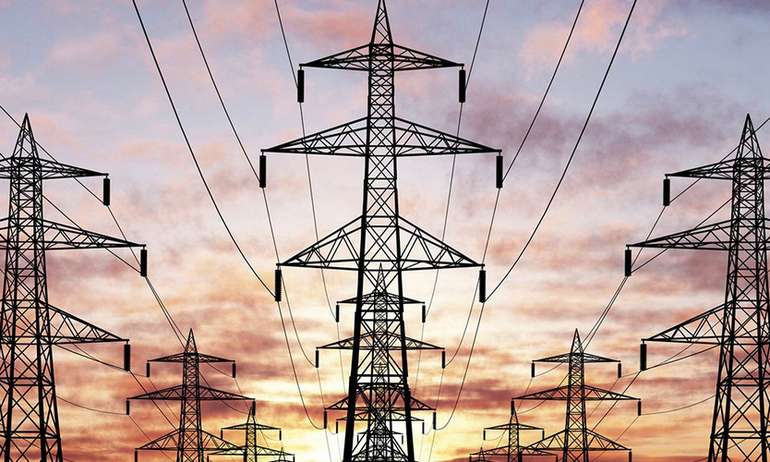
Carbon emission reduction by country:
A slowing of industry and major decline in transportation activity led to carbon reductions around the globe, but here are some of the stats for the bigger players - the U.S. had the largest drop in carbon emissions at 12% below previous year levels, followed by the European Union at 11%. India saw a drop in emissions of 9% and China had a drop of 1.7%.
Green building trends for 2021
Here is what we’ve found to be trending in green building circles and online search and purchase data:
Water saving low flow showerheads are gaining in popularity, and honestly, the new ones are so good that it’s hard to tell the difference in comfort from the less efficient showerheads! Learn about the latest in low flow showerheads here.
Water efficient and dual flush toilets are becoming very popular, and have become standard in new homes in many cities.
Bidets – who knew? Without a doubt the shift towards many people washing their butts rather than wiping them was driven by the utterly ludicrous stockpiling of toilet paper at the beginning of COVID. I mean, there was some very real anxiety in the western world around going number 2! That for sure had something to do with how bidets became so popular so fast. See our DIY bidet installation video which is guaranteed to have you on the edge of your toilet seat :).
Carbon footprint calculations: Calculating lifecycle emissions of homes and buildings got a big boost as a free online embodied carbon calculator became available last year, making it much easier to design a home to be low in embodied carbon (do not confuse with embedded), or even carbon neutral.
Low carbon concrete: A few new fringe advances in low carbon concrete and carbon sequestering in concrete have made it to the mainstream, so we think that reducing the impact of global emissions from concrete production will be among the most notable green building trends of 2021.
Concrete finds it way into almost every home with basement foundations or slab on grade shallow foundations, so the ability to inject carbon and store it will have a massive impact on carbon emissions from concrete. We are very encouraged by this, especially as we've heard about a type of carbon negative concrete being produced in Quebec, Canada that will help the precast industry in particular.
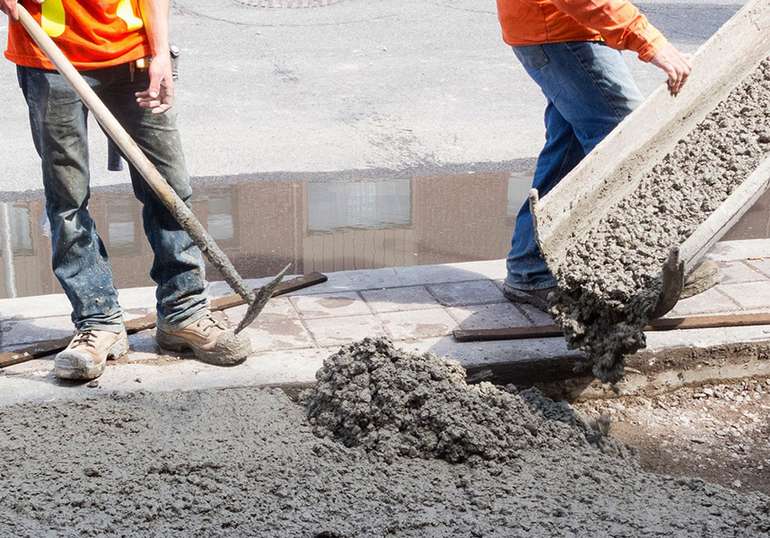
US joining Paris agreement again
A recently sworn in President Biden has called climate change "an existential threat to the health of our planet and to our very survival," and committed to undoing many of the environmentally damaging policies of the Trump administration.
Most importantly, President Biden will bring the US back into the Paris Climate Agreement. This should include a move away from a carbon based economy and towards clean energy production; indications of the protection of air and water quality are also encouraging. "It's a whole-of-government approach to put climate change at the center of our domestic, national security and foreign policy," president Biden said of his actions. "It's advancing conservation, revitalizing communities and cities and on the farmlands, and securing environmental justice. Our plans are ambitious but we are America. We're bold."
Clean Energy, Public Transportation and EVs
Biden’s climate change strategies include a move towards 100% clean energy by the year 2035. To do this he would ramp up energy produced by wind and solar and attempt to steer the nation towards a target of net-zero emissions by 2050.
The good news for US homeowners, is that this would come in conjunction with the upgrading of millions of buildings and homes to make them more energy efficient.
Biden also intends to transition the federal fleet of vehicles to EVs and away from gas. This could mean a million jobs in the auto industry and building a half million EV charging stations along the US highway network. There are also announcements of an expansion in public transportation such as high speed and light rail transit.
Prefab High Performance Modular Kit Houses
We are seeing and expect to see even more energy efficient and affordable prefab kit houses available across Canada and the US as we move into 2021. Modular kit houses built in the controlled atmosphere of a manufacturing facility have very competitive pricing compared to site built homes.
The quality of prefab houses has improved dramatically in recent years, and the pricing benefits of assembly line production are being realized as prices are coming down, or better yet, quality is improving for the same price.
With a well-chosen kit house you could expect to pay about the same per square foot price as site built housing but you would get a much better house for your money. See our LEED and Passive House ready prefab kit houses here.
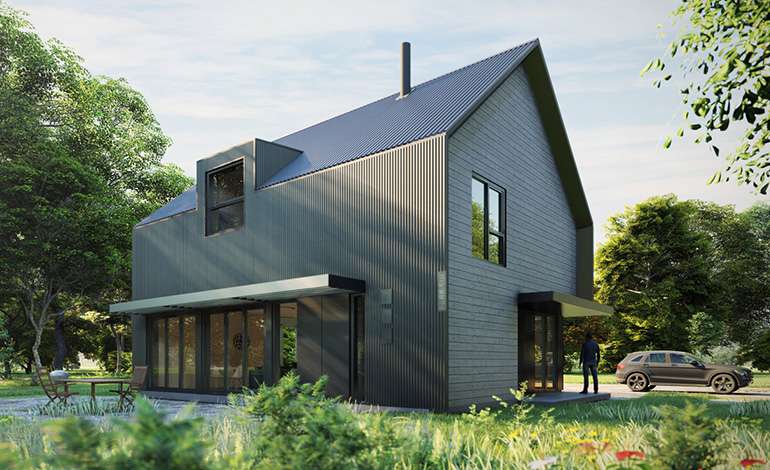
Net Zero Energy Homes - availability increases
As many countries are making commitments to address climate change, improving energy efficiency in homes and buildings is a top priority, so performance standards are improving. Even at a city level we are seeing more energy efficient standards in regional building codes, and target dates requiring all new homes to be net zero emission are becoming the norm.
Deep Energy Retrofit Program to Boost Home Renovations
We get a lot of inquiries lately for help finding tax credits and financial incentives for energy efficient home upgrades; see more here.
Changes in government at all levels brings change to all home renovation tax credit programs, so it can be tricky to keep up with what is offered on city, state and provincial levels. On a federal level, programs can stay in place longer, and announcements from the recently inaugurated President Biden are very encouraging.
By bringing the US back in to the Paris Agreement, the new administration will need to work quickly to not only switch to clean energy production, but take steps to reduce emissions; so financial support for US home renovations will be an essential component of that strategy.
Incentives for Buying EVs
Incentives and tax credits for Electric Vehicles are easier to find now, and California recently announced a $1500 rebate for Electric Vehicle purchases. This will stimulate the green energy industry in the process, as it must do if it is to have any climate impact!
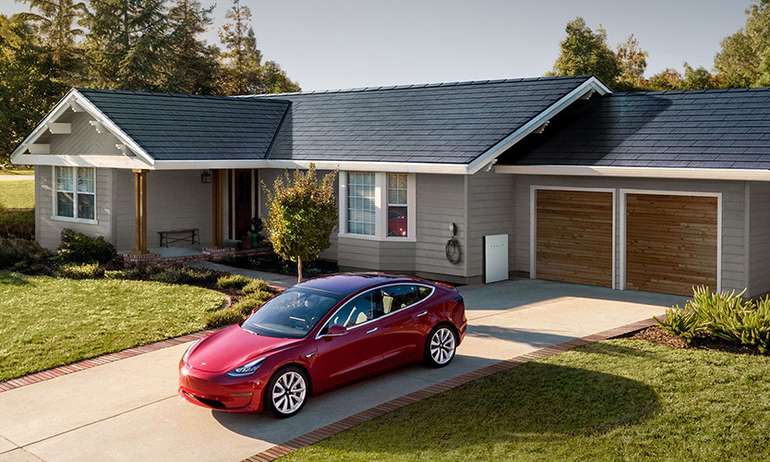
Important note about the impact of electric cars on climate emissions - how clean the fuel in your EV is depends on how it was generated. Burning coal to produce electricity to charge a car means your car is effectively running on coal. Zero emission electric vehicles are only as clean as their energy source, so a move towards clean and renewable energy is imperative as EV sales increase, or the transition is pretty much pointless. Expect to see more energy produced by wind and solar, and watch to see more Tesla solar roof shingles to help people power their electric cars.
Now you know about the Low Carbon Green Home Building Trends you can expect to see in 2021. Learn more about energy efficient home design, Net Zero home construction and home renovations to save money and energy on the following pages and in the EcoHome Green Building Guide.
Find more about green home construction and reap the benefits of a free Ecohome Network Membership here. |
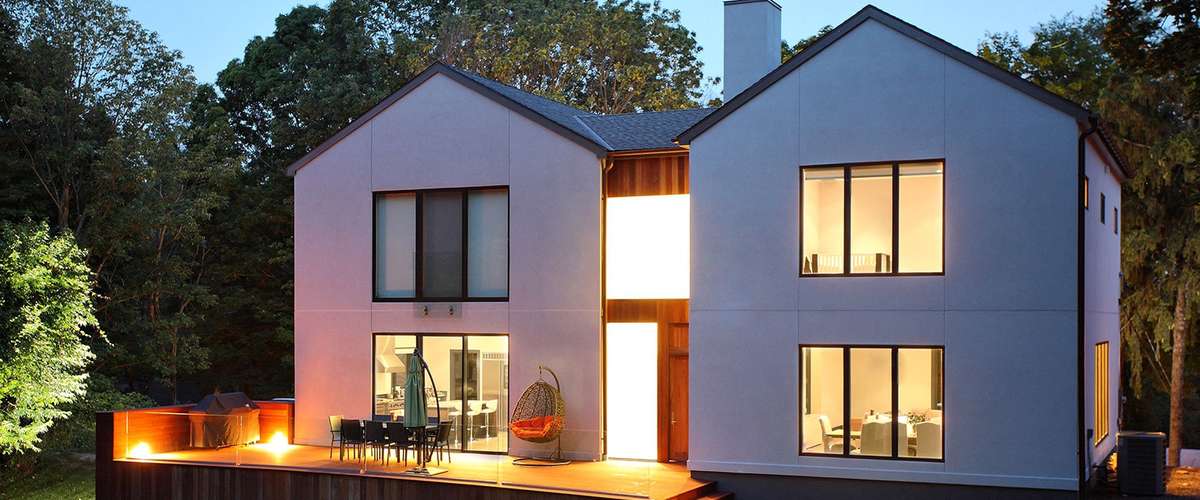
















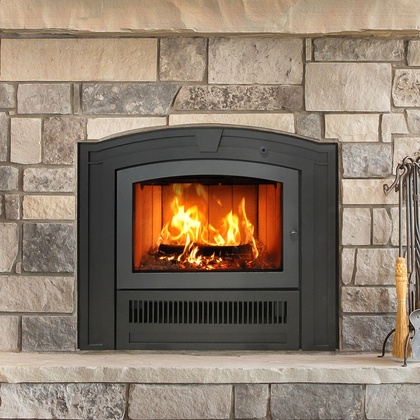

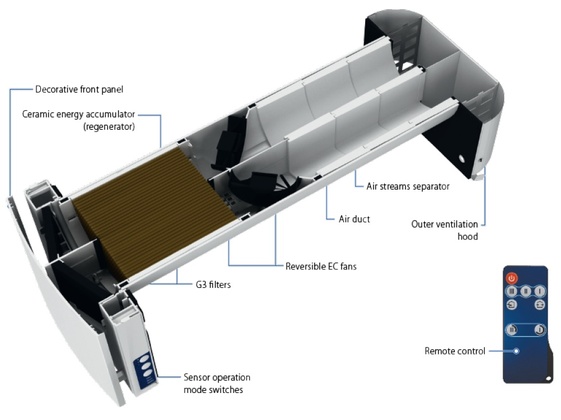


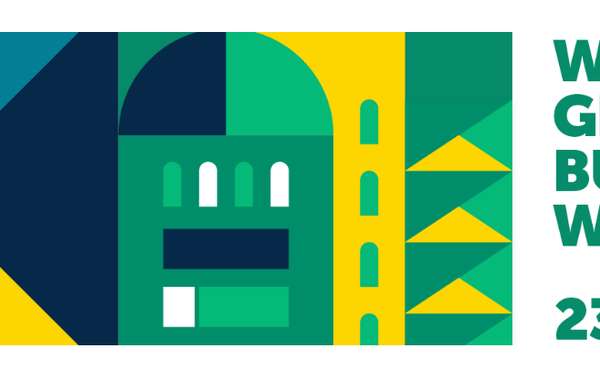
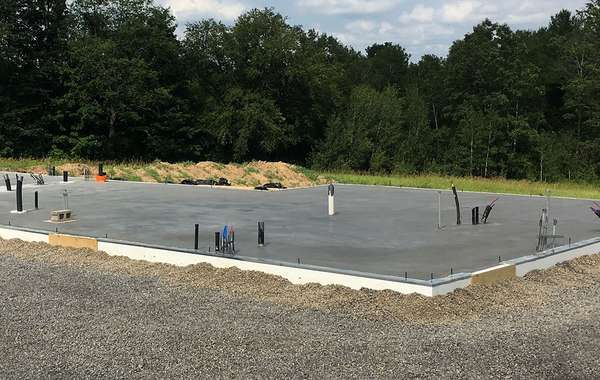
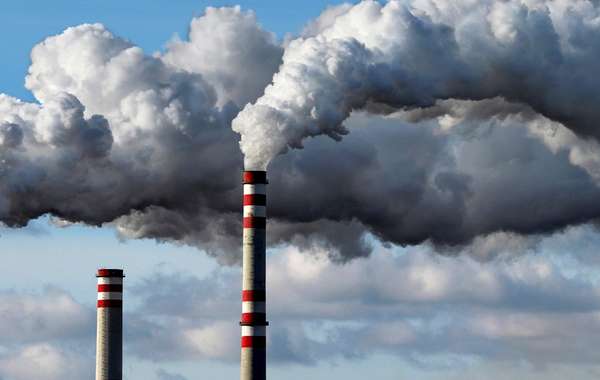

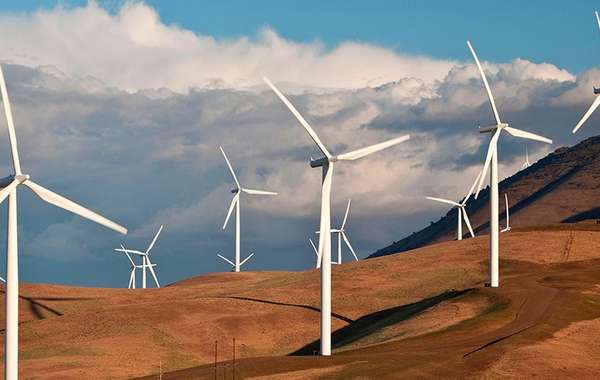
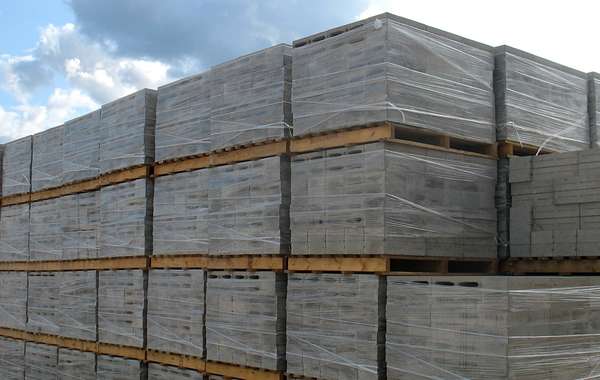
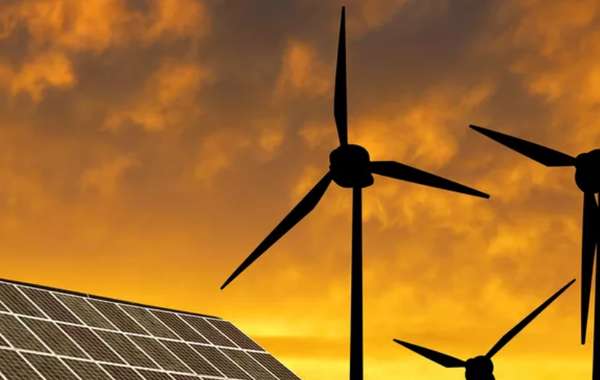
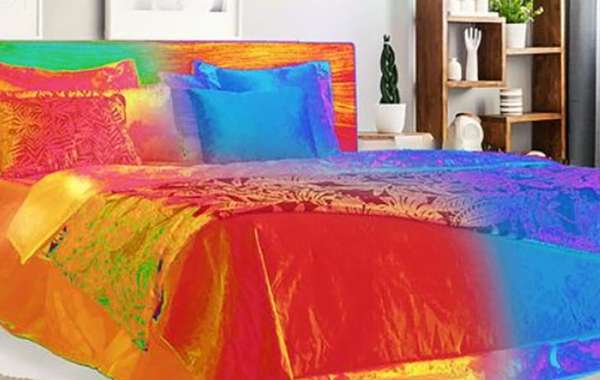
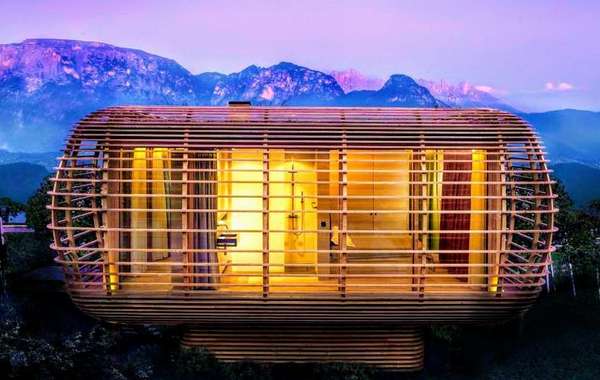
A very interesting read.